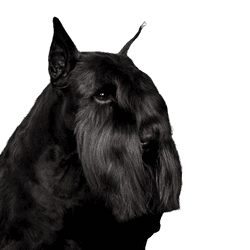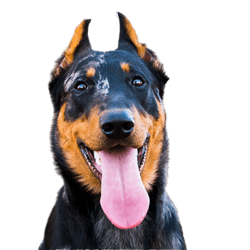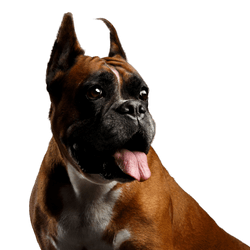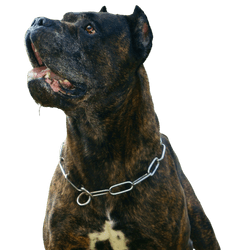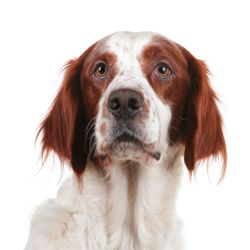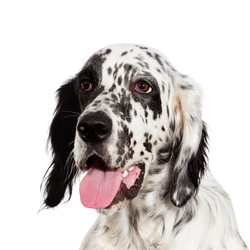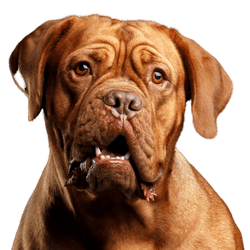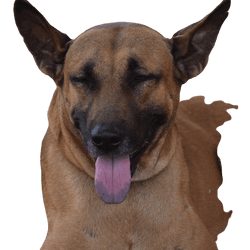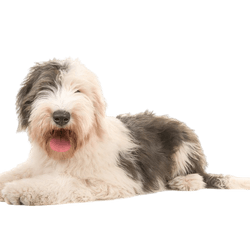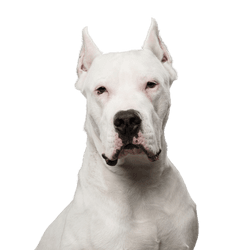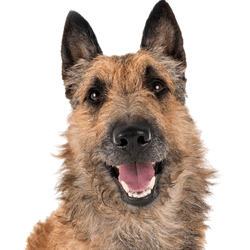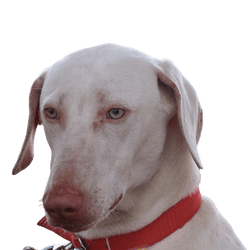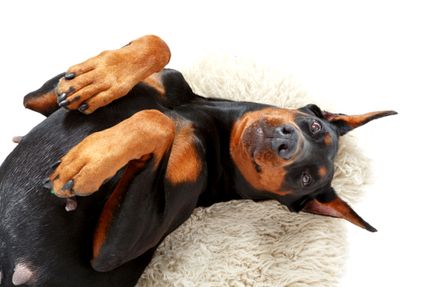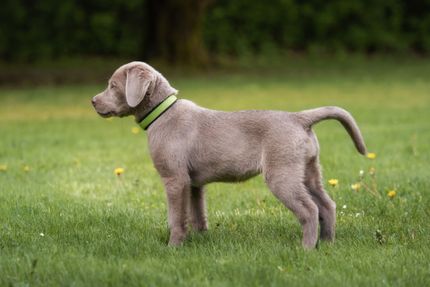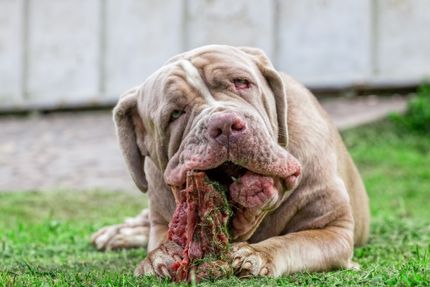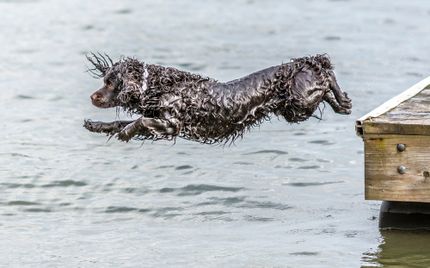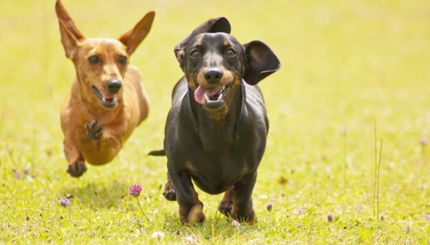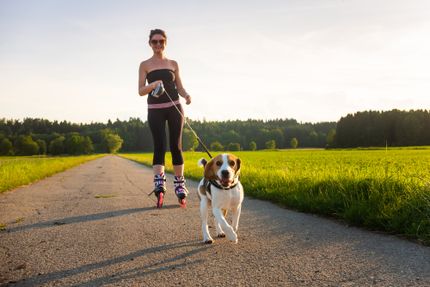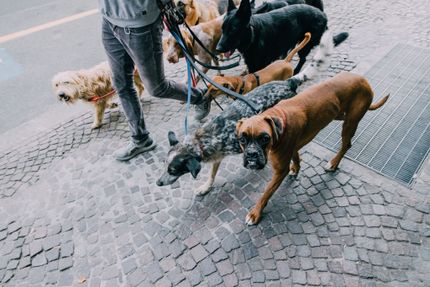
Golden Retriever Breed description: Character & Co
Golden Retriever
Facts & Origin
What is the origin of Golden Retriever?
There are various myths and legends about the origin of the Golden Retriever. However, it is certain that breeding started in 1864. At that point in time, the yellow Wavy-Coated Retriever, which until then had lived with a shoemaker in Brighton, changed its owner. He stood out with his light fur coat among the otherwise black dogs of his litter. Sir Dudley Marjorbanks took the male back to his home in the north of Scotland to his estate Guisachan and crossed him with female dogs from said area. The aim was to breed a dog suitable for hunting ducks and other wild birds. The Tweed-Water-Spaniel bitch Bell fulfilled these requirements: Like other representatives of her breed, she was not only an excellent swimmer, but also distinguished herself by her retrieving abilities. Within the next two decades, Majoribanks bred other Wavy-Coated Retrievers with Tweed-Water Spaniels, a sand-coloured Bloodhound and Irish Setters. This is how the Golden Retriever as it is known today was born. In 1913 the breed was recognised by the British Kennel Club and quickly won adherents in its home country followed by the USA. As they were often seen in movies in the 1980s and 1990s, they became the most popular family dogs in many European countries.
What are the breed characteristics of the Golden Retriever?
The Golden Retriever is easy to handle and is considered to be adaptable. In general, it is considered to be of a peaceful and balanced nature. The precondition is to give the animal sufficient exercise and satisfy its great urge to move. This submissive dog remains playful until old age if in good health. Typical for the breed is also a certain greediness: You better make sure not to leave any food lying around unobserved.
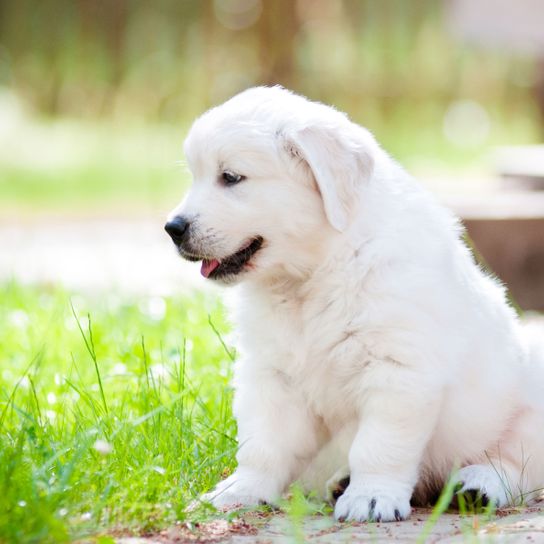
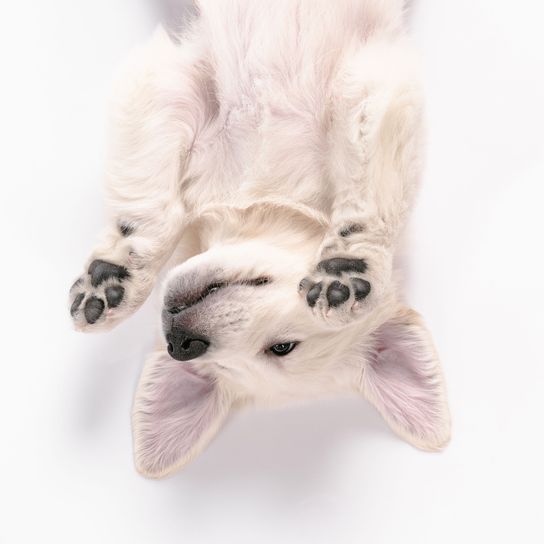
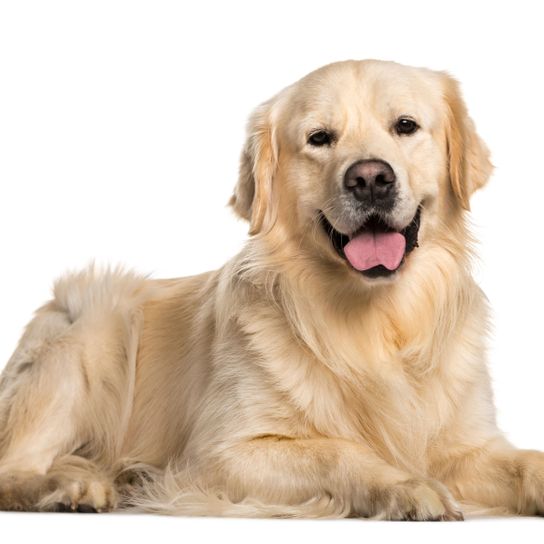
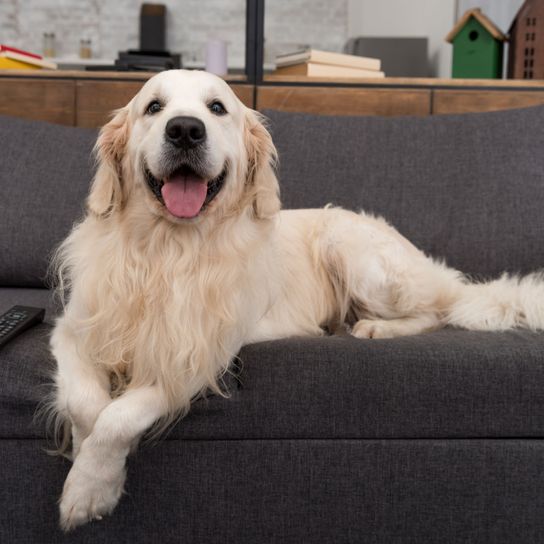
| Alternate Name | Goldie, Golden Retriever |
| Origin | UK |
| Life expectancy | 10 - 12 years |
| Care requirements | high-maintenance |
| Activity level | average |
| FCI group | Retrievers |
| AKC group | Sporting Group |
| KC group | Gundog Group |
Golden Retriever mixes
Attitude, character and temperament of the breed
What are typical character traits of the Golden Retriever?
Why Golden Retrievers have become the most popular dogs is obvious: They are considered to be extremely good-natured and like to accompany their owners anywhere they go. It is safe to say that they have a desire to please their owners and are therefore easy to train. They are not only friendly to humans, but can also be kept with other pets and dogs. Aggressiveness and harshness are foreign features to this four-legged friend. Therefore it is not suitable as a protection dog. Breed experts even go as far as to say that they would rather show burglars the valuables in the house than to chase them away. The breed is also known for its intelligence. They are suitable for many dog sports and activities like
- dummy training,
- retrieval games,
- agility or
- obedience training.
- Among hunters, they are popular as specialists for retrieving prey on water and land and for tracking game.
- In addition, the breed is suitable as a working dog and is considered to be one of the most reliable companions when searching for avalanche victims or working in mountain rescue or as a guide dog.
Character
Usage
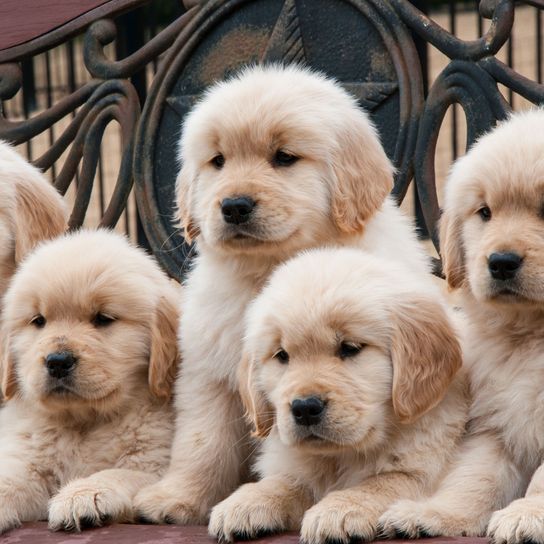
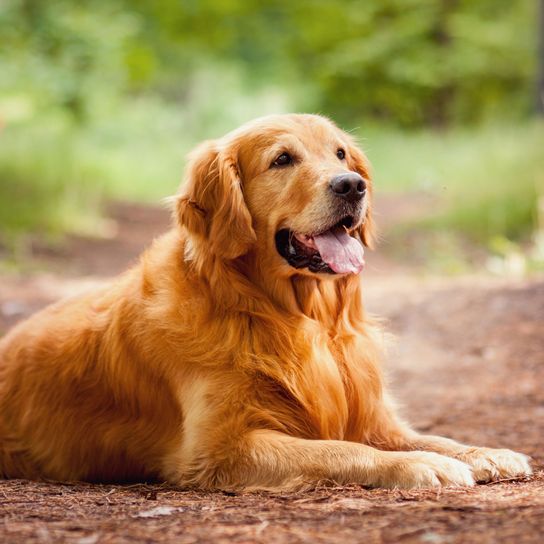

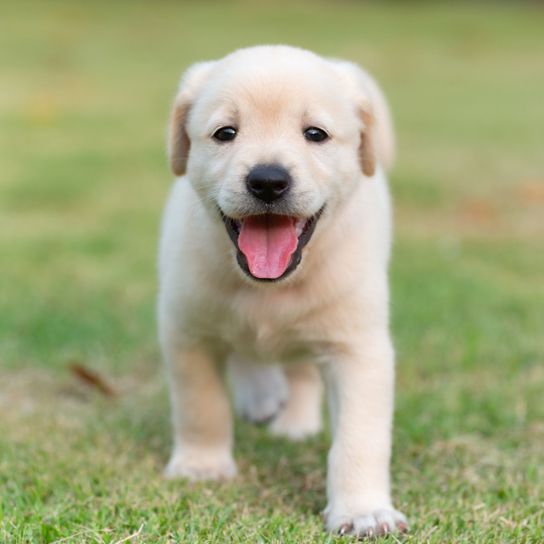

Health and breeding information
What are typical Golden Retriever diseases?
- Elbow dysplasia
- Hip dysplasia
- Epilepsy
- Hereditary cataract
- progressive retinal atrophy
Due to the hype around the Golden Retriever over many decades, health problems have developed. Dubious breeders used parent animals without paying attention to possible genetic defects. This resulted in breed typical diseases, the most commonly known being hip joint dysplasia, a maldevelopment of the hip joint. They are also at a higher risk for eye problems: These include hereditary cataract, a clouding of the lens that occurs at a young age. Progressive retinal atrophy is a pathological, progressive regression of the retina.
What should be considered in regards to the breeding of Golden Retrievers?
If you want to buy a Golden Retriever puppy, take a close look at your breeder of choice. In serious Golden Retriever breeding, proof of the health status of the ancestors should be provided. After all, the breed has a tendency to develop HD, a hereditary deformation of the hip joint. With a good breeder, the parent animals are tested for this defect. If you decide on a completely healthy puppy, you will for sure have long-lasting pleasure with this lively four-legged friend. A Golden Retriever puppy costs 1100 to 1800 Euro.

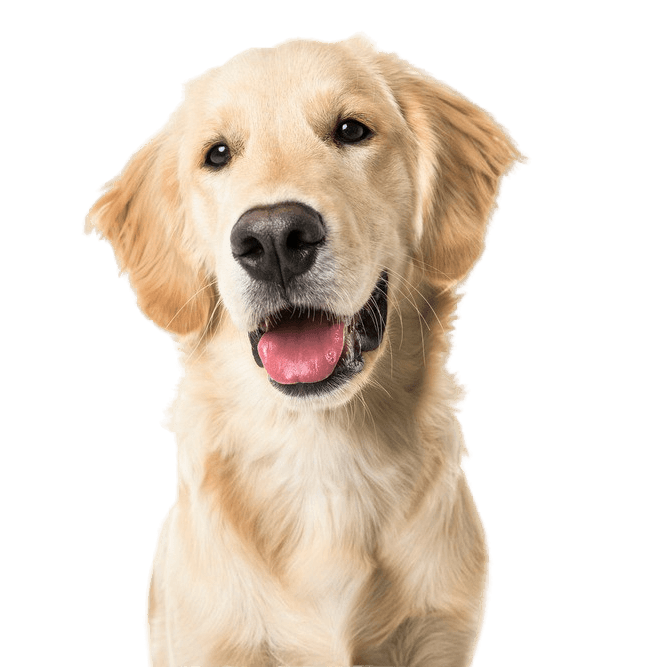
Appearance and coat of the Golden Retriever
The breed is characterised by its medium-length, dense coat. This is either smooth or wavy. On their backs it lies close to the body, the tail, chest and belly as well as the backs of the front paws are feathered. A dense undercoat protects the breed from harsh weather conditions. As the Golden Retriever sheds hair all year round, regular grooming is required. Especially during the change of coat in spring and autumn it is best to brush them daily. This not only keeps their fur silky sheen, but also strengthens the bond with your animal. The breed is available in different shades of beige and yellow. Their build is well-proportioned and muscular. With their dark eyes the Golden Retriever gives you a faithful look. Also typical are the relatively broad head and the floppy ears.
What is the average size of a Golden Retriever?
- males: 56 to 61 cm
- females: 51 to 56 cm
How much does a golden retriever weigh?
- males: 30 to 34 kg
- females: 25 to 32 kg
What is the average lifespan of a Golden Retriever?
If you want to buy a young Goldie, it will stay by your side for a long time. Golden Retrievers reach an age of 10 to 12 years on average.
| Fur length | medium |
| Fur | wavy |
| Ear shape | Triangle |
| Tail | fanned out |
| Anatomy | strong |
| Size ♀ | 51 - 56 cm |
| Weight ♀ | 25 - 32 kg |
| Size ♂ | 56 - 61 cm |
| Weight ♂ | 30 - 34 kg |
| Suitable For | Beginner, Blind people, Children, Seniors |
Colors
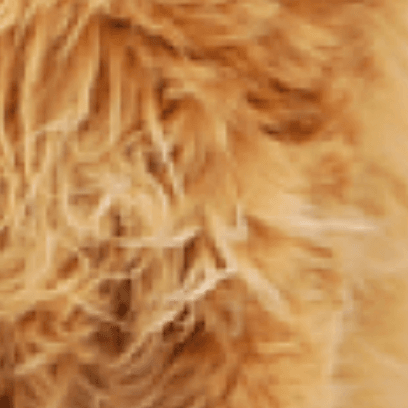
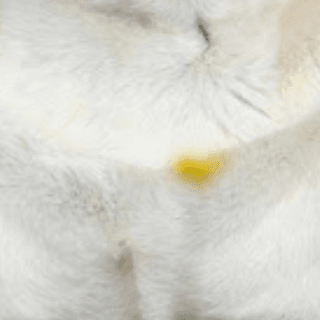
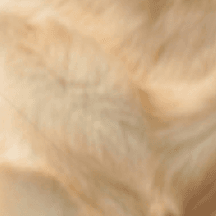

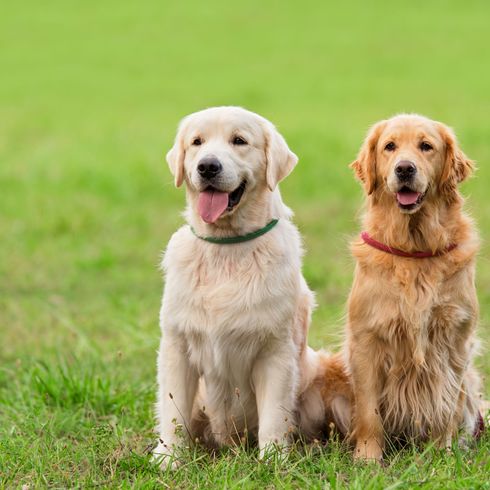

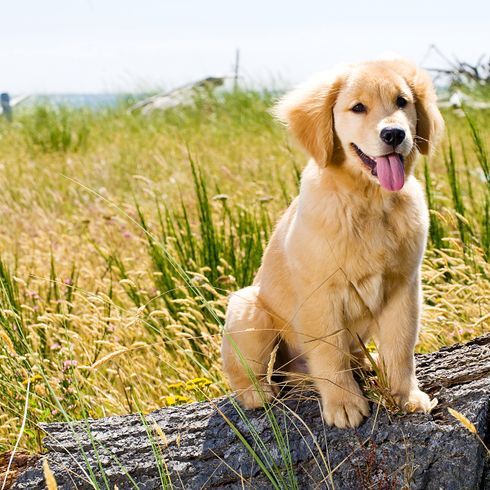
Known Diseases
Elbow dysplasia (ED)
Elbow joint dysplasia is a chronic disease complex of the elbow joint of fast growing dog breeds.
Epilepsy
Definition: Dog has epilepsy if, for example, at least two epileptic seizures occur more than 24 hours apart.
Hip dysplasia (HD)
The hip dysplasia or hip joint dysplasia of the dog (HD) is a maldevelopment of the hip joint.
Cataract
Cataracts are still one of the most common causes of blindness, even in dogs.
Progressive Retinal Atrophy (PRA)
Progressive retinal atrophy (PRA) is a slowly progressive death of the retina in dogs.
FAQ
-
A Golden Retriever is considered a family dog and a working dog.
-
It costs about 2500 Euro.
-
A Goldie needs average to high exercise per day. Above all, you should make sure that, in addition to 2-3 hours of walking a day, there is also mental exercise.
-
Above all, make sure that you have been sold a purebred Golden Retriever and not a Hovawart. These look very similar as puppies but are completely different in temperament.
Sources and relevant links
Horst Hegewald-Kawich (2015). Hunderassen von A bis Z: Über 200 beliebte Rassen aus aller Welt. Gräfe und Unzer Verlag.
Gabriele Lehari (2004). Ulmers Großes Lexikon der Hunderassen. Ulmer.
Offizielle Seite des FCI
Accessed on 17.01.2023
Offizielle Seite des AKC
Accessed on 17.01.2023
The Kennel Club
Accessed on 17.01.2023
Embark
Accessed on 24.01.2023
Other large dogs
Useful Articles
You can find articles that might interest you in the dogbible blog to match your favorite breed.
Visit our magazineto stay up to date on dog trends.
To find out more, view our Privacy Policy
Find here the breed that suits you and find out what character traits it has. Here you can also learn more about the origin, size and weight of your favorite breeds.
Matching your favorite breed, you'll find articles that might interest you on the dogbible dog blog.
Why your dog should sleep in your bed! Tips and reasons
Jogging with a dog - these are the tips you should follow to make it work
Dog and zodiac sign - which breed suits your zodiac sign?





